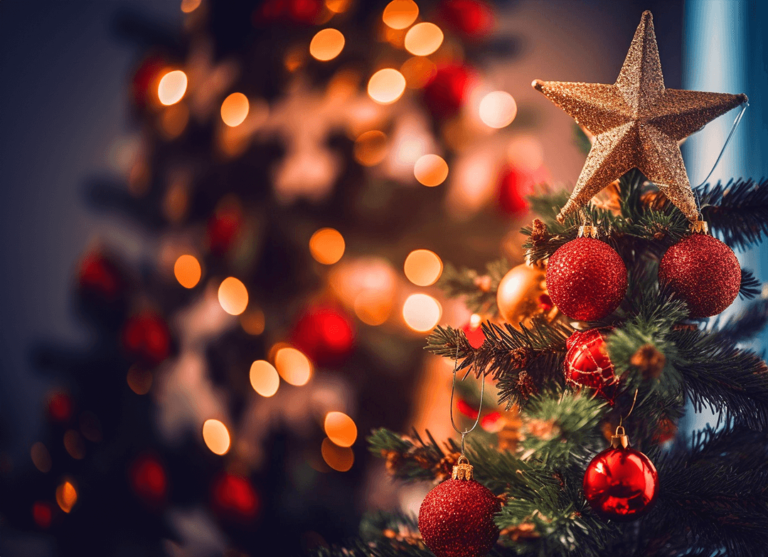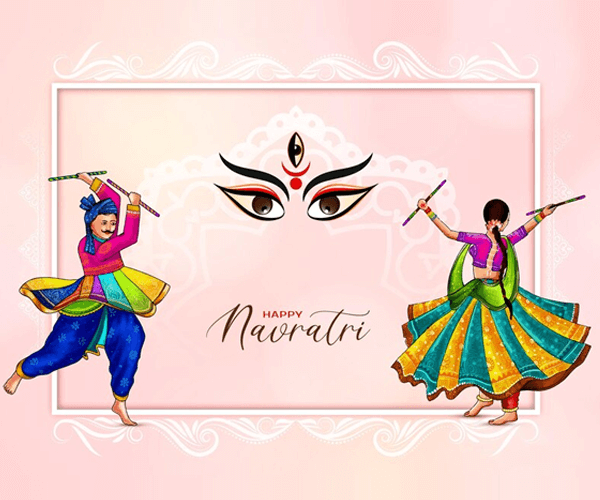Just like Diwali, the festival of Holi is India’s most vivid and joyous festival, celebrated in the country and worldwide. It is a Hindu festival of colors and positivity, which marks the arrival of the spring season after the long winters. The festival of Holi signifies the glory of sound and the demolition of evilness in society. The use of colors symbolizes the breaking down of social barriers and the celebration of diversity, while the use of water represents the cleansing of the soul and the renewal of life. Holi is a global festival because, across the region of the U.S. and various European countries, the festival is celebrated with great fun and glory. People use colors, water, and even Chandan to play this joyful festival. Whether you are a history enthusiast or a culture explorer, join us today because we will try to trace the history and origin of Holi, its significance, how it is celebrated, and the global popularity and criticism the festival has to face.
Historical Tales Behind the Origin of Holi in India:
In our childhood, we have heard various legendary stories behind the origin of the festival Holi in India and the South Asian region. One of the most famous tales mentioned in Indian literature is the story of King Hiranyakashipu and his son, Prahlad. King Hiranyakashipu, a powerful ruler, forced his subjects to pray his name instead of other gods. But his son Prahlad, a devotee of Lord Vishnu, defied his father’s orders and continued his prayers for Lord Vishnu. This led to a conflict between father and son, with the father trying to kill the son. However, the son was saved by his god, Lord Vishnu, and instead of him, Holika was burned to death despite her immunity against fire. This incident marked the victory of good over evil and the beginning of the festival of Holi.
This incident marked the victory of good over evil, and people started celebrating the festival Holi, which was derived from the name Holika. Apart from this, other tales about the origin of Holi are mentioned in the scriptures of Indian literature. The festival was described in detail in the 7th-century Sanskrit play ‘Ratnavali’ by Emperor Harsha. Over the centuries, the festival has evolved and incorporated various regional customs and traditions, making it a truly diverse and vibrant celebration. Lastly, the celebration of Holi signifies the love story of Lord Krishna and goddess Radha, named Rangwali Holi, across the northern region of India.
Exploring Various Ways in which Holi is Celebrated in India:
Although Holi is a festival of rich Hindu traditions and customs, there are different ways people celebrate it in India. In various regions, people perform Holika Dahan by burning a bonfire and using the ashes to smear them on their bodies as an act of victory and purification. Another familiar ritual is the playing of Holi with colors and water, where people chase each other and throw colored powders and water balloons. This playful act is not just a fun activity but also a way to break down social barriers and celebrate the spirit of unity and diversity.
In eastern states, the festival takes place days earlier, whereas in various western and northern states, it occurs over a week earlier. Most people perform Rang Wali Holi with their friends and family, depicting the love story of God Krishna and Goddess Radha. Streets become colorful, people eat sweets and thandai and enjoy the whole day excitedly. In the southern states, Holi is celebrated as a harvest festival, with people offering prayers for a bountiful crop. In the hilly regions, the festival is marked by a unique tradition of playing with mud instead of colors, symbolizing the return of life to the earth after the winter season.
In the region of Mathura, there are twin villages named Barsana and Nandgaon, where people play Lathmar Holi. The men of Nandgaon go to Barsana village every year, only to be greeted by the sticks of the women there. Men try to shield themselves in every way possible while women hurl around them with sticks. This tradition is quite famous, and international tourists are attracted to see and perform it.
The modern-day celebrations of Holi have changed various traditions and customs. People now use water guns, balloons, color rockets, etc. Societies organize functions and events to celebrate this joyous occasion.
Global Popularity and Stems of Criticism Faced By Holi:
The festival’s origins belong to the South Asian region of the world, but due to globalization and cultural exchange, it has gained much popularity over the years. The U.S., U.K., and various European countries celebrate the festival with utmost joy. Different countries perform rangwali Holi and organize cultural events to unite the people of their region with each other. In the U.S., for example, Holi is celebrated enthusiastically in cities like New York and Los Angeles, where people from different cultural backgrounds come together to enjoy the festival. Similarly, in the U.K., Holi is celebrated in various cities with events like color runs and music festivals.
However, the festival of Holi has undergone various criticisms around the world. Environmentalists have criticized the festival for the overuse of water and toxic colors that can harm the lives of humans and animals. Many communities believe that the festival of Holi popularized the casteist and racist slur with different communities. In recent times, we have seen various sexual harassment incidents during the celebrations of Holi. Although the festival is colorful and joyous, there are many reasons why people feel vulnerable and terrified.























